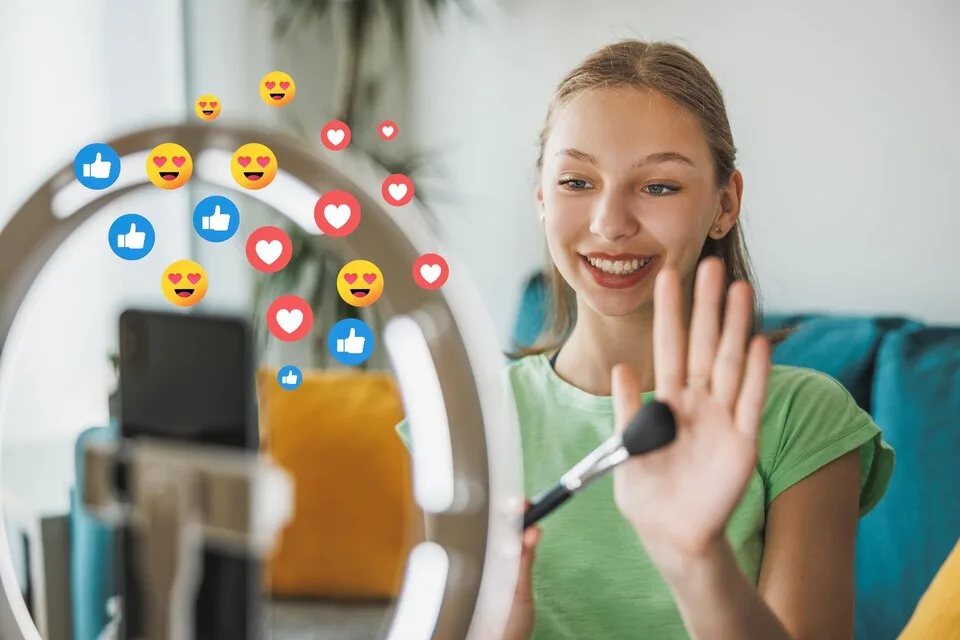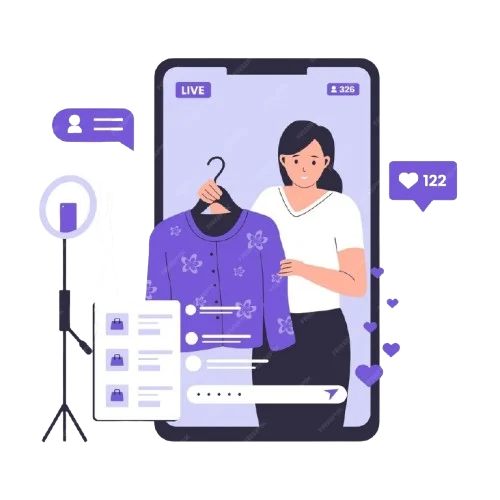Table of Contents
Toggle
Influencer marketing has become an essential pillar of modern digital marketing strategies. As consumers grow more skeptical of traditional advertising, influencer marketing bridges the trust gap by leveraging real voices and authentic connections.
At the heart of every influencer campaign lies a crucial decision: Should your brand partner with micro influencers or macro influencers?
Micro influencers typically have between 1,000 and 100,000 followers.
Macro influencers usually boast 100,000+ followers, often reaching into the millions.
Choosing the right influencer tier can make or break your campaign’s success. Let’s explore the distinctions, strengths, and use cases for each type.
Micro-influencers are digital content creators with follower counts ranging from 1,000 – 100,000. [1] They stand out in the influencer marketing landscape for their ability to cultivate a dedicated following within specific niches.

Macro influencers are distinguished figures in the digital domain, boasting follower counts of up to over one million. [1] These social media personalities have transcended the confines of niche markets to appeal to broader audiences.

Micro influencers often generate up to 60% more engagement than macro influencers. According to a study by Influencer Marketing Hub:
Micro influencers (with <25K followers) have an average engagement rate of 7%, compared to 1.6% for larger influencers.
Because they charge less per post, micro influencers are budget-friendly. This allows brands to work with multiple creators across different audience segments—maximizing exposure without inflating costs.
Micro influencers have tight-knit communities with shared interests. Whether it’s vegan cooking or indie fashion, these influencers provide direct access to hyper-targeted demographics.
A DTC skincare brand collaborated with 50 micro influencers for product reviews. The result? A 3.2x increase in website traffic and a 27% boost in conversion rate compared to previous paid ad campaigns.
Macro influencers have the ability to reach millions of followers across platforms, making them ideal for brands aiming for large-scale awareness or product launches.
A collaboration with a macro influencer can place your brand in front of mainstream media, generate buzz, and boost credibility almost instantly.
Macro influencers often produce high-quality, shareable content, increasing the chances of viral traction on platforms like TikTok and Instagram Reels.
Fashion brand PrettyLittleThing partnered with macro influencer Molly-Mae Hague. Her posts generated millions of impressions, skyrocketing product sell-outs and brand search volume.
“The success of influencer marketing isn’t just about reach—it’s about relevance. The right tools help brands connect with voices that truly move their audience.”
Target Audience: Who are you trying to reach—niche buyers or a mainstream market?
Campaign Goals: Do you want conversions, engagement, or awareness?
Budget: Macro influencers require higher investment; micro influencers offer more flexibility.
Product Type: Is it niche or mass-market? B2C or B2B?
Brand Voice: Choose influencers who align with your brand’s tone, mission, and values.
Here are the best tools for influencer research in 2025, depending on your budget, platform, and campaign goals:

Both micro and macro influencers bring unique value to influencer marketing campaigns.
If you’re aiming for authenticity, engagement, and niche targeting, micro influencers are the way to go.
For brand awareness, mass exposure, and social proof, macro influencers offer unmatched visibility.
The best strategy? One that aligns with your goals, audience, and resources.
Ready to grow your brand with powerful influencer partnerships? Contact us today to get started!
Have questions or want to discuss your goals? Reach out now and let’s create something impactful together.
Have a project?Let's start.